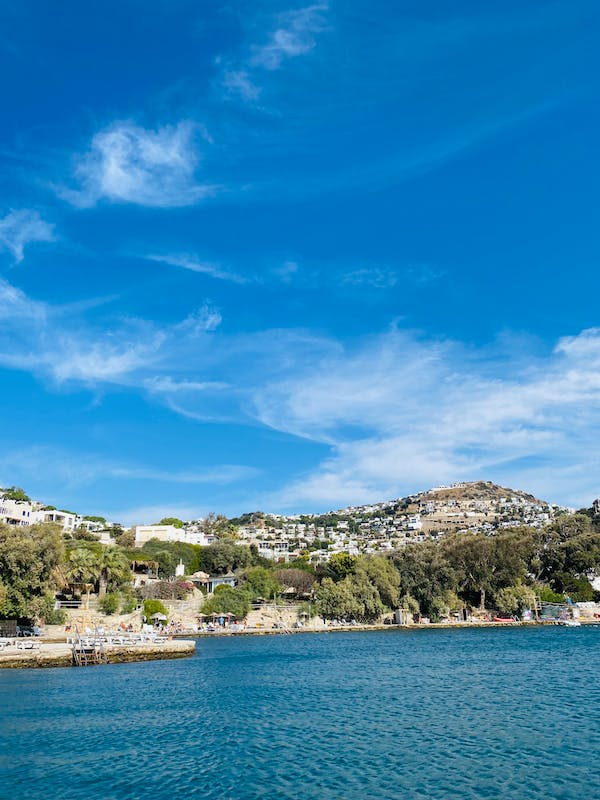Antarctica is the place of the extremes-coldest, driest, and windiest region, and home to the world’s most massive and mysterious landmasses on the planet. Antarctica’s frozen realm stretches out to cover over 14 million square kilometers, making it the fifth-largest continent in the world. The Antarctic Circle consistently has below zero temperature throughout most of the year.
The extremes in the continent’s cold temperatures make the continent to be the most and the only unspoiled region on Earth. Life conditions are extreme because 98% of the area is covered by a permanent ice cap that reaches as much as 4,776 meters in thickness, which contains 90% of the world’s ice and almost 70% of the Earth’s freshwater. The Antarctic animals do occupy the frosty landscape but are well adapted to handle the incredibly harsh conditions. The landscape may seem desolate, but it is actually one of the most exciting places on Earth.
The remaining 2% of land area or the ice-free regions is restricted mainly to the continent’s coastal fringes, where most of Antarctica’s limited terrestrial life exists. It is roughly divided into two biogeographic parts: the Antarctic Peninsula, termed Marielandia, and the continental coast, or Maudlandia.
Maudlandia comprises terrestrial vegetation, though the Dry Valley region is an incredible ecosystem of flora and fauna that are highly adapted to polar desert conditions. Mammals and seabirds abound around the coasts to obtain their food from the highly productive Antarctic seas.
The continent is also home to the longest mountain range on Earth.
THE TRANSANTARCTIC MOUNTAINS OF ANTARCTICA
The Transantarctic Mountains of Antarctica or TAM comprise a mountain range of uplifted rock during the opening of the West Antarctic Rift System to the east, which took place about 65 million years ago in the early Cenozoic. The range extends with some interruptions, across the continent from Cape Adare in northern Victoria Land to Coats Land.
The Transantarctic Mountains are among the longest mountains on Earth. It extends 3500 km that divides the continent into East (Maudlandia) and West (Marielandia). The mountains run across Antarctica between the Ross and Weddell seas, is one of the longest mountain ranges in the world. The range has an average elevation at 2300 meters, with highs reaching 4270 meters, like the U.S. Rockies. James Clark Ross in 1841 first sighted the range at what was later named the Ross Ice Shelf in his honor. The British National Antarctic Expedition of 1901-1904 made the first journey to the mountains.
The range’s highest peak is Mount Kirkpatrick, at 4,528 meters, and is a home rich animal fossil. It is also distinct for featuring some of the only ice-free terrains on the continent and several bare and jagged nunataks (the summit or ridge of a mountain that protrudes from an ice field or glacier that otherwise covers most of the mountain or ridge) surrounded by plains of ice.
THE ANTARCANDES
The mountain range is in the northern Antarctic Peninsula, in the Graham Land and Palmer Land regions of Antarctica and may also be considered to extend across the continent. It is also known as the Antarctic Peninsula cordillera.
According to some geologists, the Antarctandes is a southernmost continuation of the Andes Range System Antarctica. They theorized that the Andes start at the border between Colombia and Venezuela.
It runs along with western South America; submerge into the Atlantic Ocean to the east of Tierra del Fuego, forming the underwater Scotia Arc mountain range. It resurfaces periodically in the Shag Rocs, South Georgia and the South Sandwich Islands, South Orkney Islands and the South Shetland Islands, and finally resurfacing on the northern Antarctic Peninsula. Chile calls the peninsula Tierra de O’Higgins, and Argentina Tierra de San Martín.
With an elevation of 3 239 meters, Mount Hope is the highest mountain of the Peninsular Antarctandes in the Eternity Range in Palmer Land.
To the southwest, the range continues as the Ellsworth Mountains, the continent’s highest mountain range much-covered by glaciers in Palmer Land; then through the Whitmore Mountains to the Queen Maud Mountains. From these points, the mountain range follows the Ross Sea western coast to Cape Adare. The central transcontinental Transantarctic Mountains System shares the Cape Adare to Queen Maud ranges with the Antarctandes but then veers east along the Weddell Sea’s eastern coast. To the Antarctic Peninsula’s southeast, the Antarctic Plateau extends to the South Pole, making the Antarctandes form a serpentine arc, over 5,000 kilometers long, along the southern rim of the Pacific Ring of Fire.

